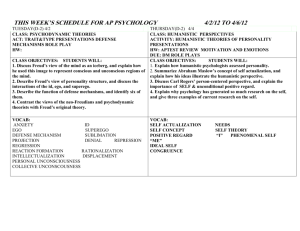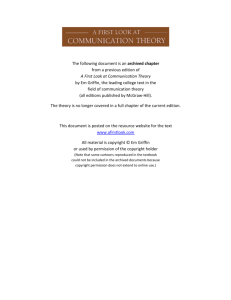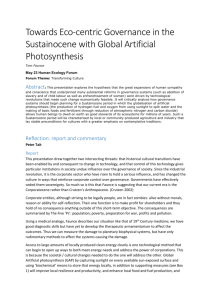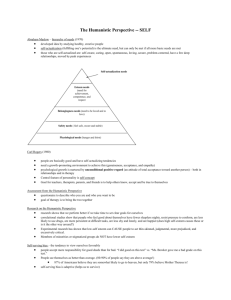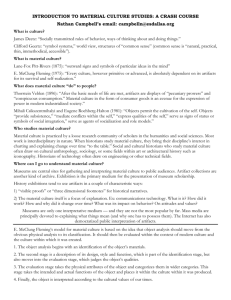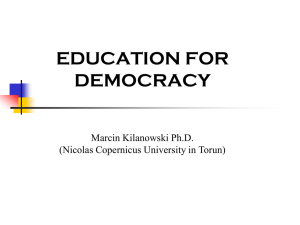File
advertisement
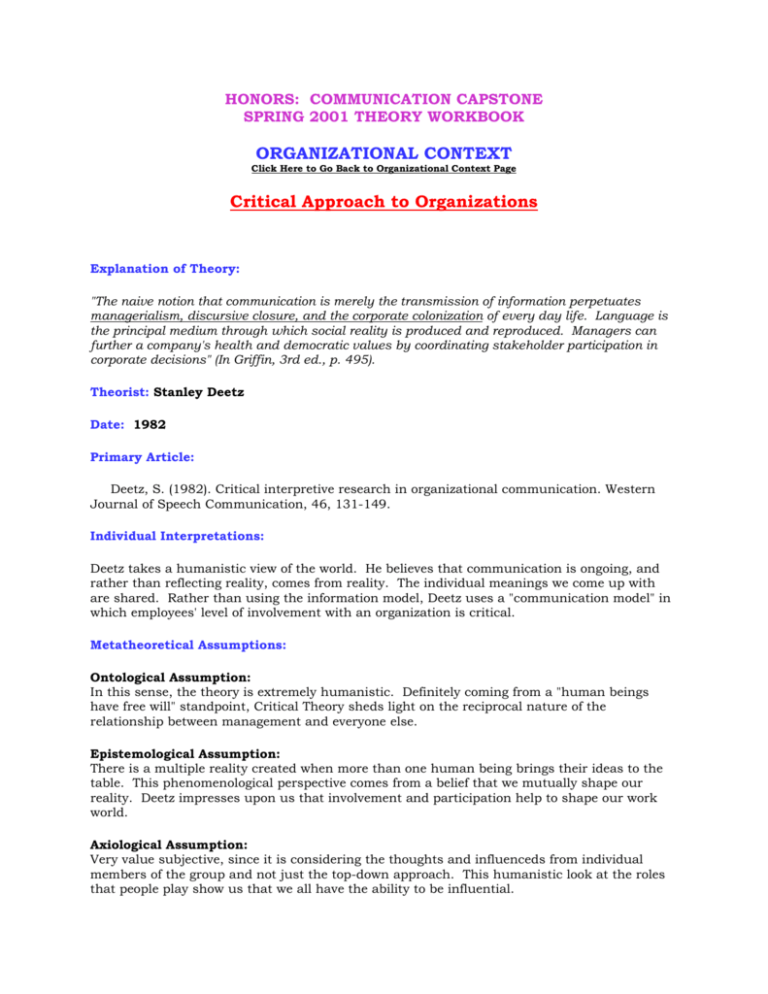
HONORS: COMMUNICATION CAPSTONE SPRING 2001 THEORY WORKBOOK ORGANIZATIONAL CONTEXT Click Here to Go Back to Organizational Context Page Critical Approach to Organizations Explanation of Theory: "The naive notion that communication is merely the transmission of information perpetuates managerialism, discursive closure, and the corporate colonization of every day life. Language is the principal medium through which social reality is produced and reproduced. Managers can further a company's health and democratic values by coordinating stakeholder participation in corporate decisions" (In Griffin, 3rd ed., p. 495). Theorist: Stanley Deetz Date: 1982 Primary Article: Deetz, S. (1982). Critical interpretive research in organizational communication. Western Journal of Speech Communication, 46, 131-149. Individual Interpretations: Deetz takes a humanistic view of the world. He believes that communication is ongoing, and rather than reflecting reality, comes from reality. The individual meanings we come up with are shared. Rather than using the information model, Deetz uses a "communication model" in which employees' level of involvement with an organization is critical. Metatheoretical Assumptions: Ontological Assumption: In this sense, the theory is extremely humanistic. Definitely coming from a "human beings have free will" standpoint, Critical Theory sheds light on the reciprocal nature of the relationship between management and everyone else. Epistemological Assumption: There is a multiple reality created when more than one human being brings their ideas to the table. This phenomenological perspective comes from a belief that we mutually shape our reality. Deetz impresses upon us that involvement and participation help to shape our work world. Axiological Assumption: Very value subjective, since it is considering the thoughts and influenceds from individual members of the group and not just the top-down approach. This humanistic look at the roles that people play show us that we all have the ability to be influential. Critique: Critical Theory is a fresh look at modern trends in the workplace. The ideas of Consent and Participation, gleaned from the Communication Model Deetz puts forth help us to define our role in the organization in which we work. Essentially, an every man's theory, Critical Theory does take a critical look at organizations from the perspective of the individual. Ideas and Implications: If more organizations took a critical approach there would be greater liklihood of job satisfaction. There will always be dissenters, but the goal seems to be to make the work place more cohesive, and to develop mutual understanding about an organization's goals. Rather than having a traditional bureaucracy, the organization should seek to improve its relations with the individuals that actually do the work. Like Japanese Management styles, critical theory's goal is to increase the feeling among employees that they have a stake in the company. This humanistic approach is a beginning to reconceptualize the world of work. Example: In an effort to improve the management quality at their organization, Shawn began to put up signs reflecting the management's position that reflected their goals. The signs read things that promoted participation and involvement in their work place, with the customers and vendors alike. They let everyone know that they all held a stake in the success of the organization and therefore had control over what happened. The management wanted to encourage participation in their work. Relevant Research: Mumby, D.K. (1997). The problem of hegemony: Rereading Gramsci for organizational communication studies.Western Journal of Communication, 61(4), 343-376. Salvador, M. & Markham, A. (1995). The rhetoric of self-directive management and the operation of organizational power.Communication Reports, 8 (1), 45-54. Clair, R. P. (1994). Resistance and oppression as a self-contained opposite: An organizational communication analysis. Western Journal of Communication, 58 (4), 235-263. Location in Eight (8) Primary Communication Theory Textbooks: Anderson, R., & Ross, V. (1998). Questions of communication: A practical introduction to theory (2nd ed.). New York: St. Martin's Press. N/A. Cragan, J. F., & Shields, D.C. (1998). Understanding communication theory: The communicative forces for human action. Boston, MA: Allyn & Bacon. N/A. Griffin, E. (2000). A first look at communication theory (4th ed.). Boston, MA: McGraw-Hill. 259-271. Griffin, E. (1997). A first look at communication theory (3rd ed.). New York: McGraw-Hill. 285-297. Infante, D. A., Rancer, A. S., & Womack, D. F. (1997). Building communication theory (3rd ed.). Prospect Heights, IL: Waveland Press. N/A. Littlejohn, S. W. (1999). Theories of human communication (6th ed). Belmont, CA: Wadsworth. N/A. West, R., & Turner, L. H. (2000). Introducing communication theory: Analysis and application. Mountain View, CA: Mayfield. N/A. Wood, J. T. (1997). Communication theories in action: An introduction. Belmont, CA: Wadsworth. N/A.
